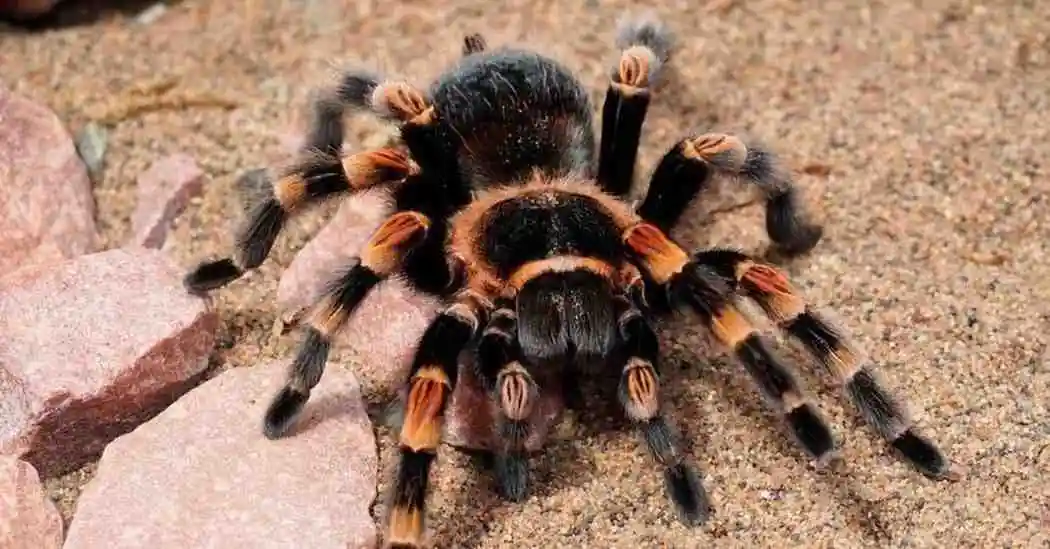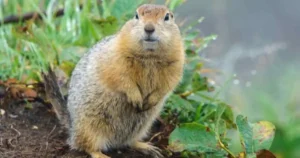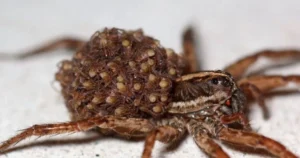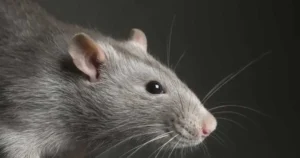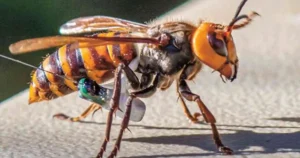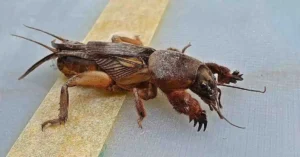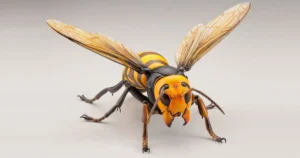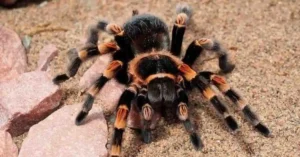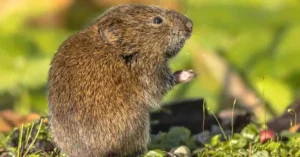Spiders are one of the most widespread and misunderstood creatures on Earth. Often feared for their appearance and venom, spiders actually play a significant role in maintaining ecological balance. In this article, we will delve deep into the fascinating world of spiders, exploring their behavior, habitats, types, prevention methods, and intriguing facts that might change your perspective.
Introduction to Spiders: Nature’s Intriguing Predators
Spiders belong to the Arachnida class and are distinct from insects due to their eight legs and two body segments: the cephalothorax and abdomen. With over 45,000 known species worldwide, spiders thrive in almost every environment, from deserts and forests to urban areas and homes. These adaptable creatures play an essential role in controlling insect populations, thus benefiting ecosystems and humans alike.
The Role of Spiders in Ecosystems
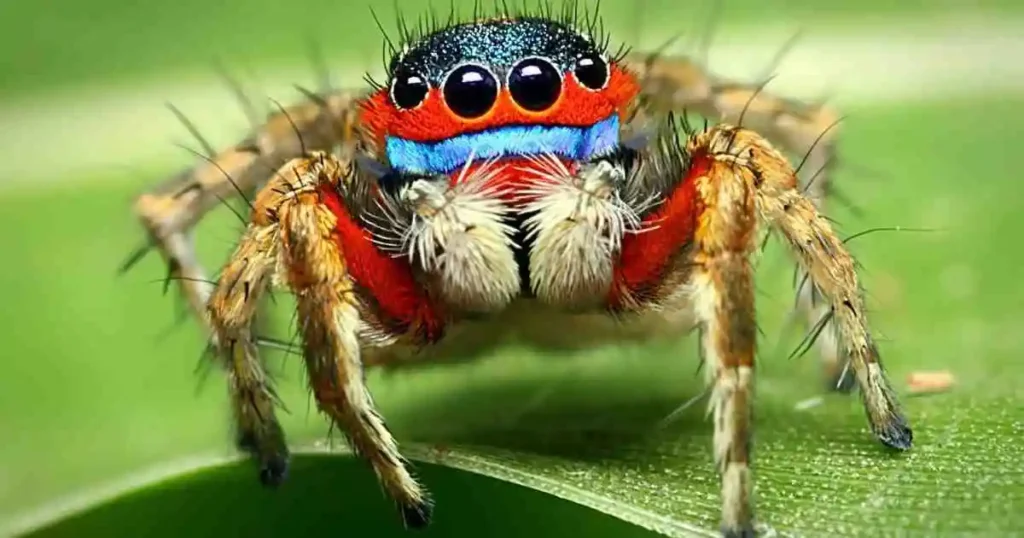
Spiders are natural pest controllers, preying on various insects such as mosquitoes, flies, and agricultural pests. By doing so, they reduce the need for chemical pesticides, promoting a healthier environment. In gardens, spiders protect plants by eliminating harmful pests, making them valuable allies for farmers and gardeners.
Common Types of Spiders Found in Households
1. House Spiders
House spiders are among the most common arachnids found indoors. They are small, harmless, and often weave webs in corners, basements, or attics. Their presence indicates an abundance of insects in the area.
2. Wolf Spiders
Known for their speed and hunting abilities, wolf spiders do not rely on webs but actively chase their prey. They are larger and more intimidating in appearance but pose no significant threat to humans.
3. Black Widow Spiders
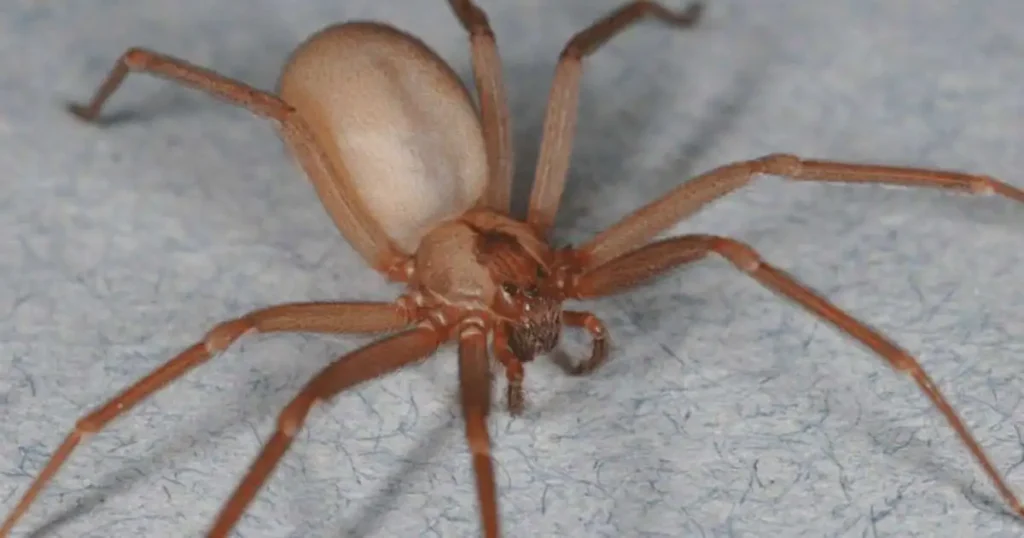
Recognized by their shiny black bodies and red hourglass markings, Black Widow spiders are infamous for their potent venom. While their bites can cause severe symptoms, fatalities are rare and occur mainly in cases of allergic reactions or untreated bites.
4. Brown Recluse Spiders
The Brown Recluse is another venomous spider known for its violin-shaped marking on the cephalothorax. Found in warm climates, they prefer undisturbed areas such as closets or garages. Their bites can cause necrotic wounds, requiring medical attention.
5. Tarantulas
Tarantulas are large, hairy spiders often portrayed as dangerous. However, they are generally docile and bite only when provoked. Native to warmer regions, tarantulas have a long lifespan, with some species living up to 30 years.
Spider Behavior and Lifespan
Spiders exhibit a variety of fascinating behaviors, including web construction, hunting techniques, and mating rituals. Orb-weaver spiders, for instance, create intricate webs to trap prey, while jumping spiders rely on their agility and excellent vision to pounce on insects.
Life Cycle of Spiders
The lifespan of a spider varies by species. Most common household spiders live for 1-2 years, whereas tarantulas and other large species can live for decades. Spiders undergo several stages in their life cycle:
- Eggs: Female spiders lay eggs in silk sacs, which they often guard zealously.
- Spiderlings: Upon hatching, spiderlings may stay with their mother for a brief period before dispersing.
- Maturity: Once mature, spiders focus on hunting, web building, and reproduction.
Effective Spider Prevention and Control Methods
While spiders are beneficial, their presence in homes can be unsettling for many. Here are some practical ways to keep your living space spider-free:
1. Seal Entry Points
Inspect your home for cracks, crevices, and gaps that could serve as entry points for spiders. Use caulking to seal these openings and ensure window screens are intact.
2. Maintain Cleanliness
Spiders thrive in undisturbed areas. Regularly clean basements, attics, and closets to eliminate potential hiding spots. Vacuuming corners, under furniture, and along baseboards can also remove spider eggs and webs.
3. Use Natural Repellents

Essential oils like peppermint, citrus, and lavender are effective natural repellents. Mix a few drops with water and spray the solution around entry points, windows, and other spider-prone areas.
4. Reduce Outdoor Clutter
Spiders often enter homes from outdoor hiding spots. Keep firewood, rocks, and debris away from the house’s foundation to reduce their habitat.
5. Consider Professional Pest Control
For severe infestations, consult professional pest control services. Opt for environmentally friendly treatments to minimize harm to non-target species and the environment.
Interesting Facts About Spiders
Spiders are more than just creepy-crawlies. Here are some intriguing facts about these remarkable arachnids:
- Diverse Diet: While most spiders are carnivorous, preying on insects, some, like the Bagheera kiplingi, primarily consume plant material.
- Web-Building Skills: Spider silk is one of the strongest natural materials, with some varieties being five times stronger than steel of the same diameter.
- Venom Variability: Not all spider venom is dangerous to humans. Most spiders’ venom is designed to immobilize insects and poses no threat to people.
- Tarantulas’ Defense Mechanism: Tarantulas have urticating hairs on their abdomen, which they flick at predators to deter attacks.
- Global Distribution: Spiders are found on every continent except Antarctica, showcasing their adaptability to diverse climates.
Spider Safety: Are They Dangerous?
Despite their fearsome reputation, most spiders are harmless to humans. Of the thousands of species, only a few, such as the Black Widow and Brown Recluse, have venom potent enough to cause significant harm. Even then, bites are rare and often occur due to accidental contact.
Tips for Avoiding Spider Bites
- Wear gloves when handling firewood, rocks, or debris.
- Shake out shoes, clothing, and bedding that have been stored for long periods.
- Avoid reaching into dark or undisturbed spaces without checking first.
In the unlikely event of a spider bite, clean the wound with soap and water, apply a cold compress to reduce swelling, and seek medical attention if symptoms worsen or if you suspect a venomous spider was involved.
Conclusion
Spiders are remarkable creatures that contribute significantly to maintaining ecological balance. By controlling insect populations, they reduce pests and support healthier environments. While their presence in homes can be unsettling, understanding their behaviors and taking preventive measures can help us coexist peacefully.
Although it’s natural to fear spiders, education and awareness can transform this fear into appreciation. By learning about these fascinating arachnids, we can better understand their role in nature and even find beauty in their intricate webs and behaviors.
FAQs
How can I identify venomous spiders?
Venomous spiders, such as the Black Widow and Brown Recluse, often have distinctive markings. Black Widows feature a red hourglass on their abdomen, while Brown Recluses have a violin-shaped marking on their cephalothorax.
What are the best methods for preventing spiders at home?
Sealing entry points, maintaining cleanliness, using natural repellents, and reducing outdoor clutter are effective strategies for keeping spiders out of your home.
How do spiders benefit the ecosystem?
Spiders help control insect populations, reducing pests that can damage crops and spread diseases. They play a crucial role in maintaining ecological balance.
What should I do if bitten by a spider?
Wash the bite area with soap and water, apply a cold compress to reduce swelling, and monitor for symptoms. Seek medical attention if the bite becomes painful or if you suspect a venomous spider was involved.

James William is a passionate animal lover and expert in the Animals and Pets niche. With years of experience in pet care, wildlife studies, and blogging, James shares practical tips, heartwarming stories, and expert advice to help pet owners build stronger bonds with their furry, feathered, and scaly companions.
